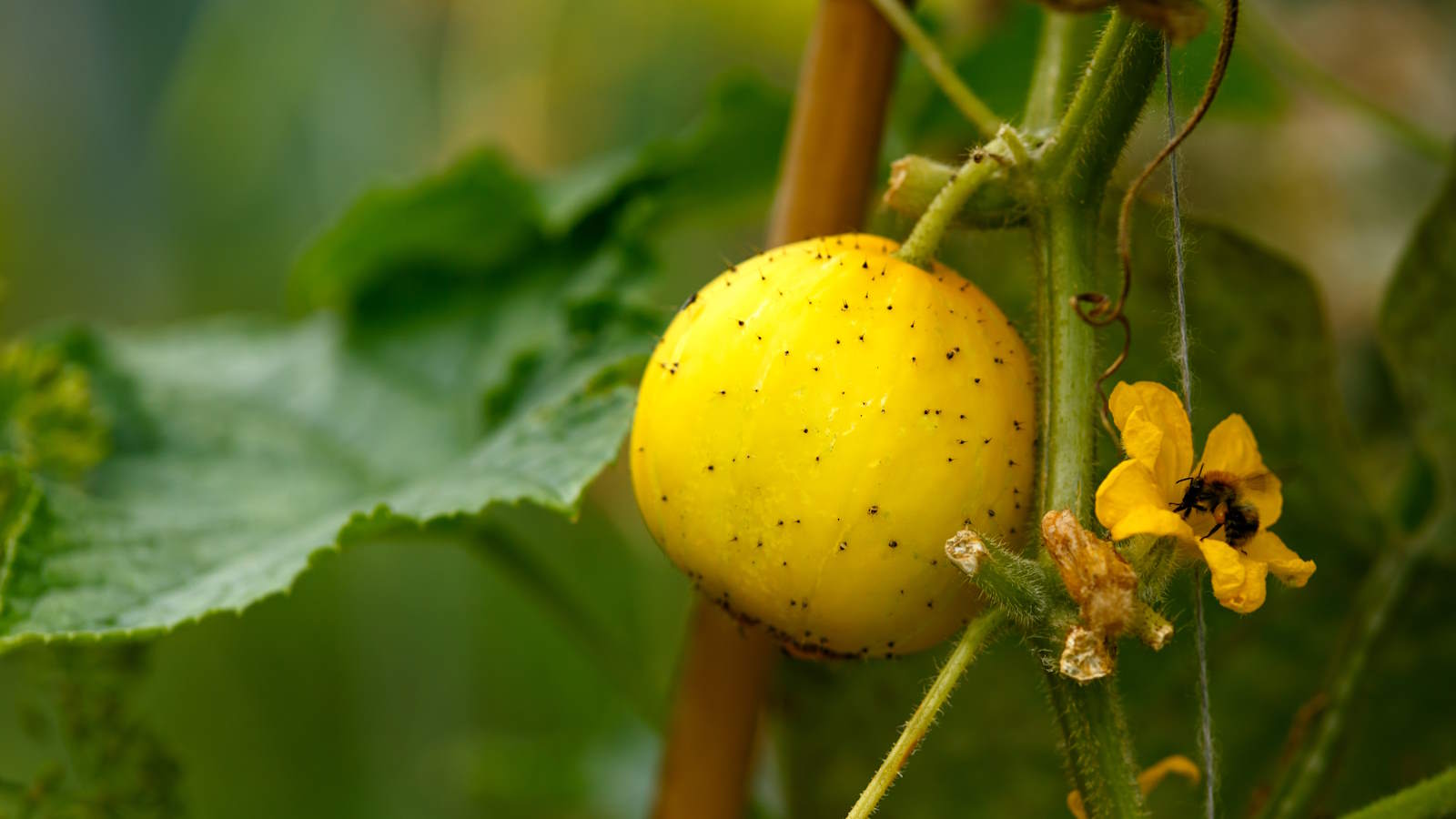
If you mention cucumbers to most people, they will imagine the traditional long green ones you see in stores. However, how does the idea of an oval and lemon-coloured cucumber sound to you?
Lemon cucumbers are a fantastic and novel alternative to classic cucumbers, great if you seek new and interesting crops for your vegetable garden. I have grown cucumbers for many years, but I tried lemon cucumbers and was amazed at how productive the plants were. I was also impressed by how popular they were, quickly selling out each day on the vegetable stand where I sold produce.
The cucumbers themselves don’t have a massively citrus taste, they have more of a sweet and fresh flavor along with a great texture for salads. The moniker lemon cucumber comes from its appearance and the fruits are easier to digest than green cucumbers.
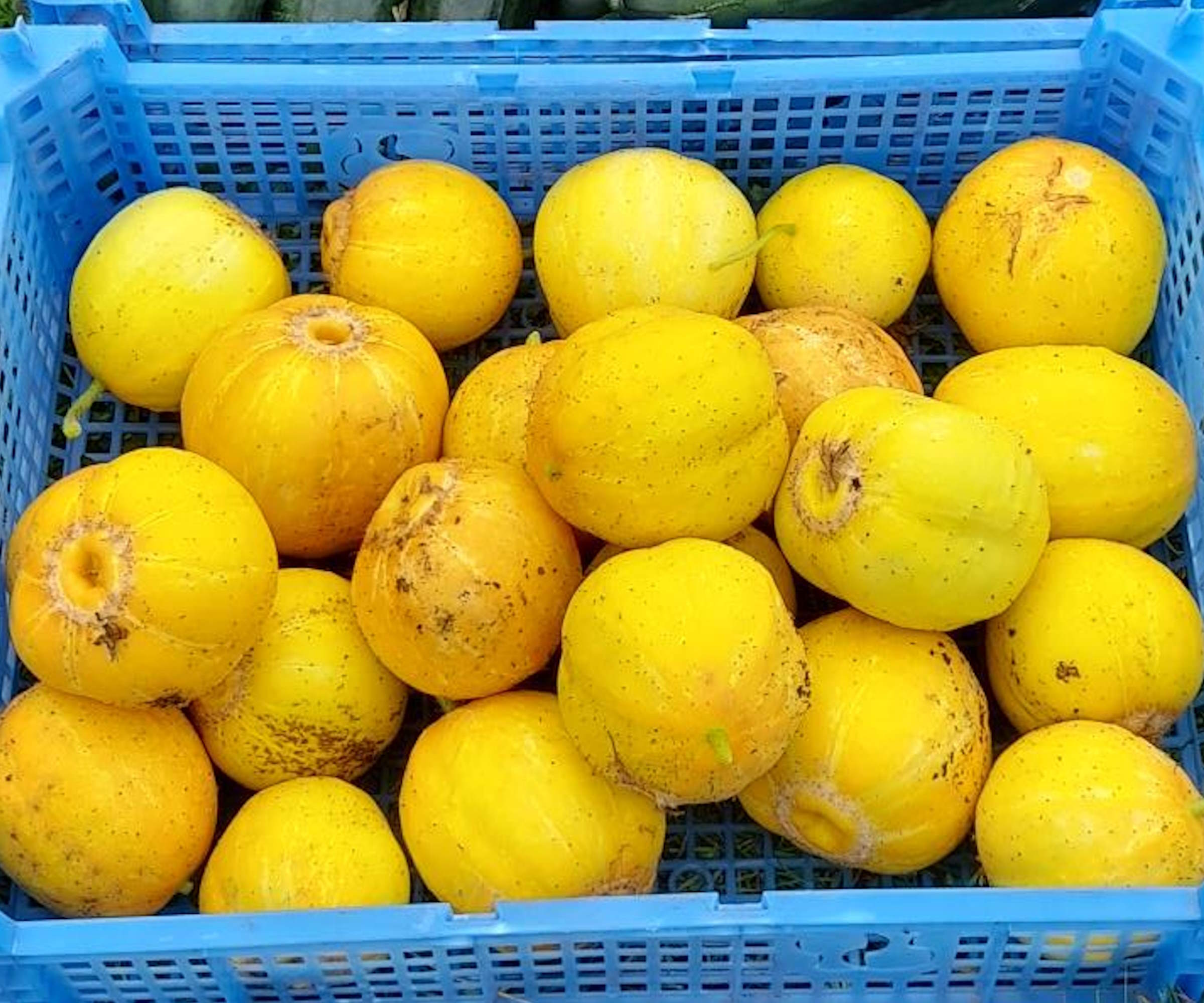
What are lemon cucumbers?
Lemon cucumbers (Cucumis sativus 'Lemon') are historic crops, originally from India they have been eaten for thousands of years. Brought to North America late in the 19th century, they are now undergoing a resurgence in popularity and it is common to see lemon cucumber seeds for sale online. I grew my lemon cucumbers from seed and found it a quick and simple way to cultivate plants.
How to grow lemon cucumbers from seed
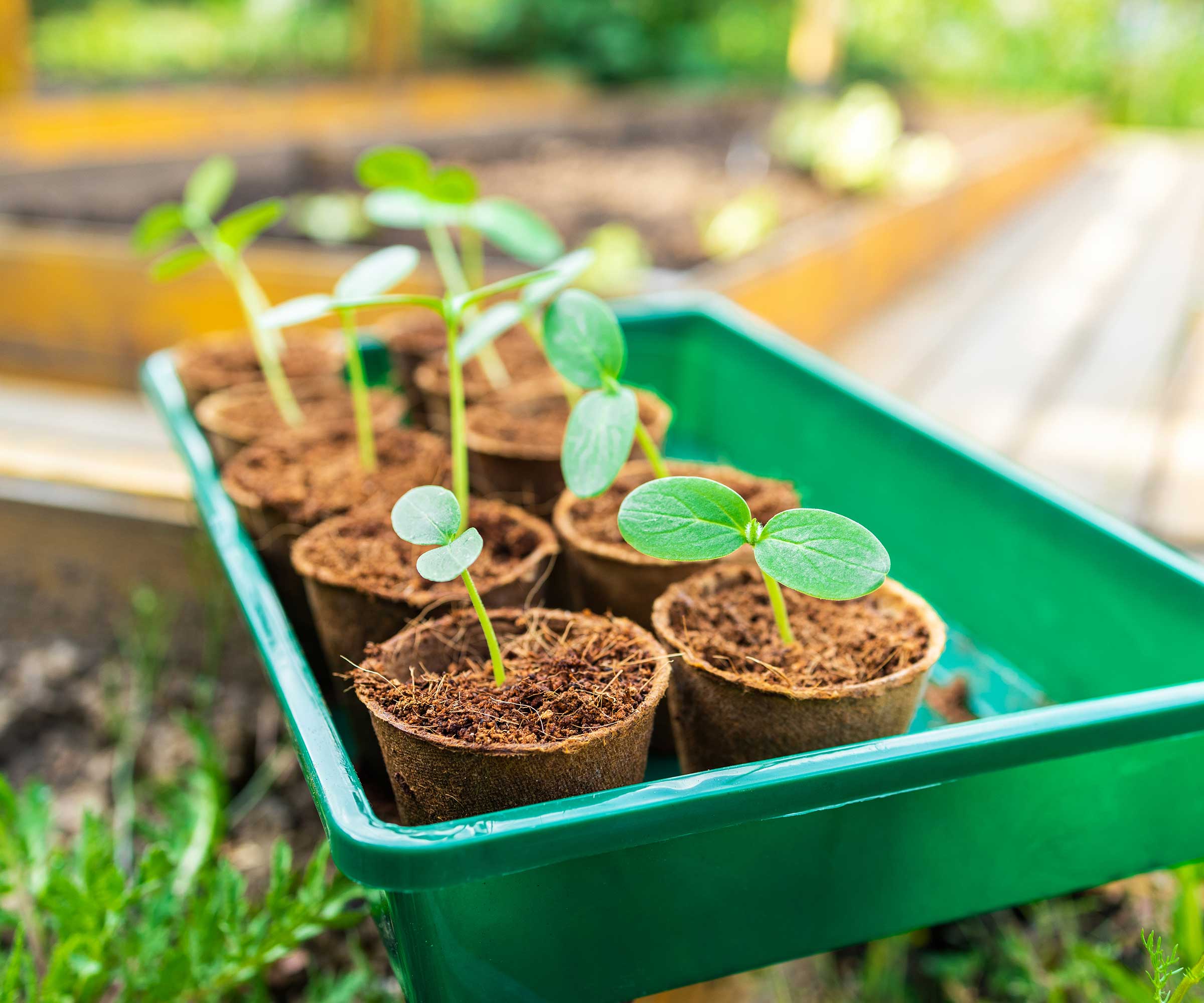
Lemon cucumbers are easy plants to grow from seed and can be started indoors or outdoors.
Plant cucumber seeds indoors in spring 2-4 weeks before your last frost and germinate them in a greenhouse or on a warm windowsill. Push the seeds around an inch deep into small pots or large modules filled with good potting soil designed to start seeds. It is best to use larger containers as cucumbers do not want a lot of root disturbance.
The seeds want temperatures of 65-70°F and to be kept moist, but not waterlogged. They should germinate within around 10 days and you can transplant seedlings into their final position once they are large enough to handle and the risk of frost has passed.
I have always sown seeds indoors in the UK to get a head start on the season but if you live in a warmer US hardiness zone it opens up possibilities to sow seeds outdoors earlier once the soil warms to at least 60°F. Resist the temptation to sow early, as lemon cucumber seeds will not germinate in soil colder than 60°F. Use horticultural fleece or garden cloches, like this kitchen garden cloche at Amazon, to warm the soil earlier and start cucumbers in a warm, protected environment.
Sow seeds directly into the soil in groups of three seeds, each group spaced at least one foot apart. As they germinate, thin out the weaker seedlings once they are 1-2 inches high, leaving one strong lemon cucumber seedling to grow and develop.
Lemon-yellow cucumbers are tender and sweet, excellent for salads and pickling. These bright yellow balls are excellent for salads and pickling. They have a clean, crisp taste and are never bitter. Normal-sized vines yield heavily and for a long time.
Where to plant lemon cucumbers
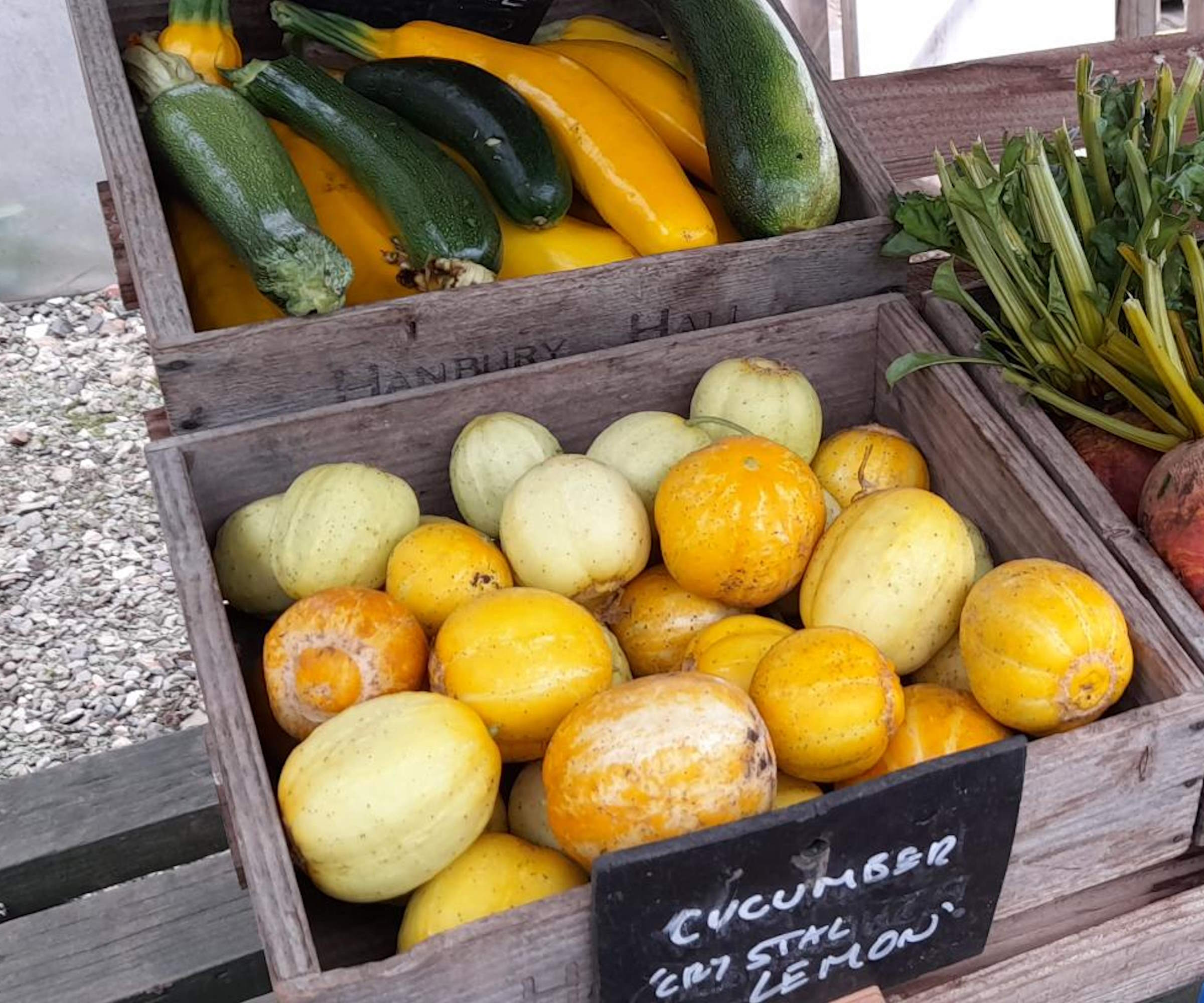
The best way to grow lemon cucumbers is outdoors. While I have often grown cucumbers indoors in polytunnels or greenhouses, lemon cucumbers are suited to cooler climates and I had real success growing them outside in the kitchen garden in US hardiness zone 8 in the UK.
Lemon cucumbers want a warm and sunny spot, ideally with at least six hours of full sun each day. They also want a rich and fertile soil type that drains well and has a pH of 6-6.8. As lemon cucumbers grow fast and produce long vines and lots of fruit, they are hungry plants that will benefit from compost or well-rotted manure mixed into the planting site to provide them with lots of nutrients and get them off to a strong start.
I left my lemon cucumber plants to sprawl over the ground, but they can be trained to grow up supports if you do want to grow the cucumbers vertically. The ideal way to grow lemon cucumbers on a trellis, fence, or other support is to get the structure in place as soon as possible after planting.
While growing vertically can save space and make lemon cucumbers ideal for small vegetable gardens, as well as keeping fruits away from pests, the plants become very heavy when laden with fruit so any support must be sturdy.
Lemon cucumber care tips
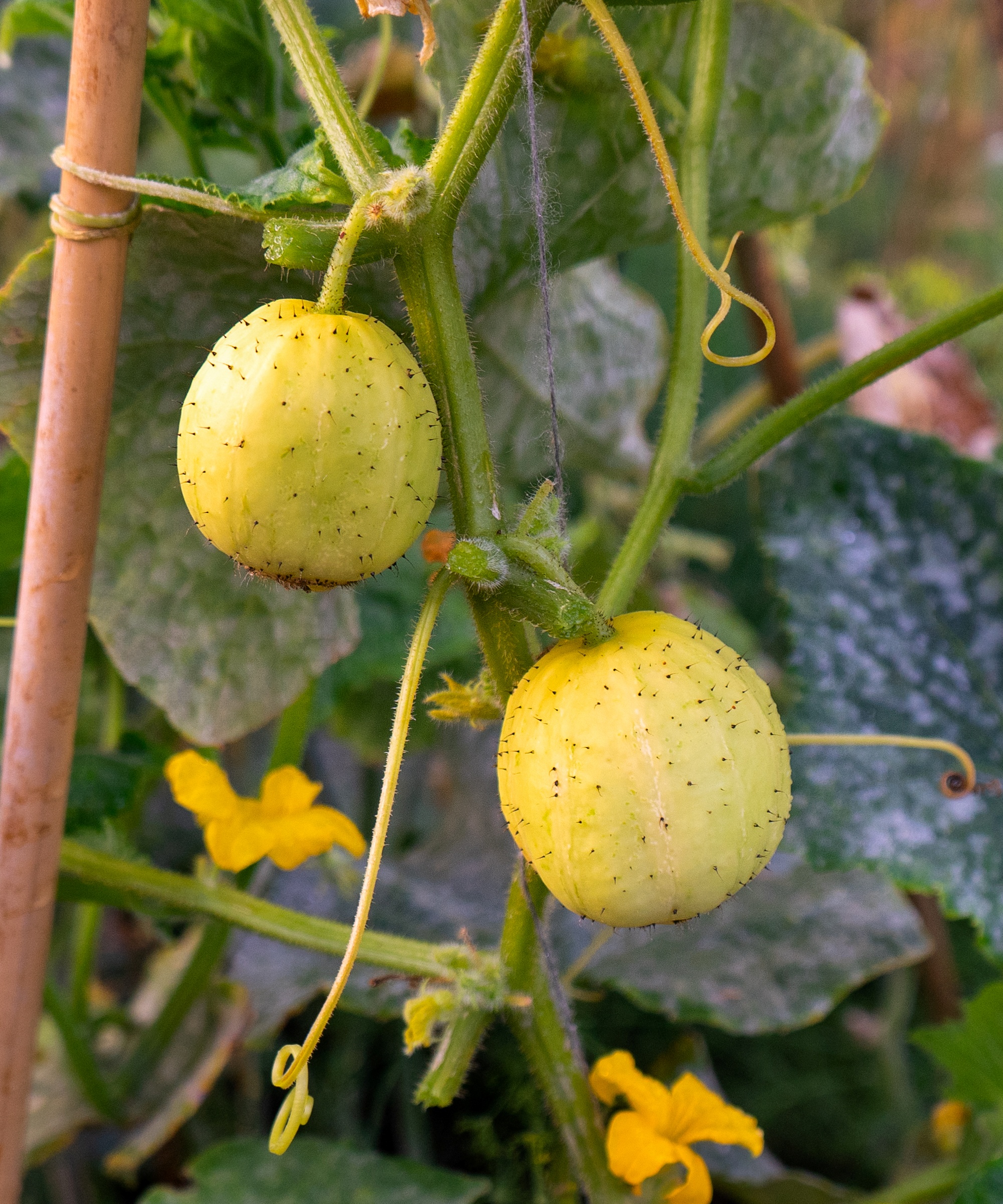
Watering
Lemon cucumbers are hungry plants that need to be watered regularly to keep the soil consistently moist. The fruits will struggle to develop or potentially taste bitter due to a lack of water, so keeping the soil moist in summer is particularly important. As for how to water plants, make sure to water the base of the plant and not soak the foliage as this can increase the risk of fungal diseases, such as powdery mildew.
Fertilizing
The hungry nature of lemon cucumbers also means knowing how and when to fertilize cucumbers is important to get healthy plants and a great yield. A lack of vital nutrients can be a reason that cucumber leaves turn yellow. Add either compost or a slow-release and balanced plant food - such as this all-purpose fertilizer available at Walmart - into the planting site and then start to feed cucumbers with a fertilizer high in potassium when plants start to flower. A fertilizer designed for growing tomatoes is a great option, or you can make a plant fertilizer such as a comfrey fertilizer.
Pests and diseases
Lemon cucumbers can be susceptible to aphids, spider mites, and cucumber beetles. The first two can easily be dealt with by using insecticidal soap, available at Amazon, or a homemade bug spray. Keep a close eye on cucumber beetles and remove them by hand, only turning to pesticides as a last resort.
Companion planting can attract insects to eat pests as part of natural pest control. Controlling aphids is particularly important as they transmit cucumber mosaic virus, which causes yellow patterns on leaves and stunted growth. Any plants suspected to have the disease need to be removed and destroyed.
Harvesting
You can harvest lemon cucumbers within a couple of months of sowing the seed and the harvesting season runs from July to September. The tell-tale sign it is time to pick cucumbers should be the color of the fruit. A ripe lemon cucumber will start to turn a deep lemon yellow, if they are still greenish then they are not fully developed. Harvest them regularly to promote the growth of new fruits and prevent them from developing thicker skin by sitting on the vine for too long.
A liquid plant fertilizer that helps tomato plants and garden vegetables direct more energy to growth, blossoming, and fruit development. It has a combination of selected ingredients that work together to improve soil structure and optimize soil conditions for increased plant vigor.
How to grow lemon cucumbers in a pot
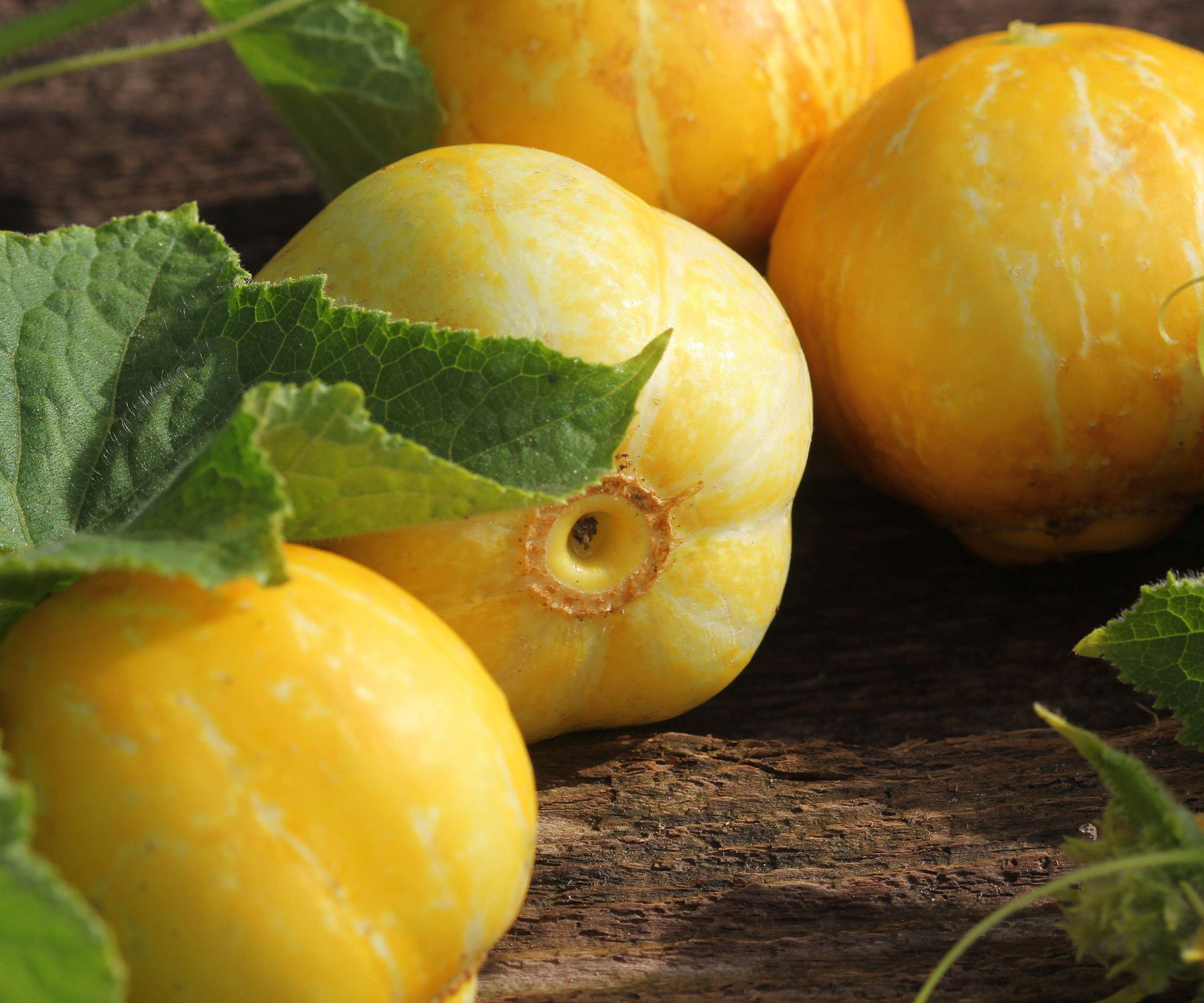
It is possible to grow cucumbers in pots as part of a vegetable container garden. However, lemon cucumbers will need a large container as they are a vining variety and also likely need to grow vertically rather than sprawl.
A suitable pot needs to be at least five gallons in size and have holes in the bottom for drainage. Fill the container with free-draining potting soil mixed with a handful of slow-release balanced fertilizer.
Plant your lemon cucumber and place the container in a sunny spot in your backyard. Put your trellis or support in place and keep the plants well-watered.
Lemon cucumber plants in containers will need more watering than those growing in the ground throughout the season. It may require daily watering during the summer and always check the moisture levels under the surface when watering plants in containers.
FAQs
How big do lemon cucumbers get?
The vines of a lemon cucumber plant can reach six feet in length. The fruits themselves get to around the size of a tennis ball when ripe, between two and three inches in diameter.
Are lemon cucumbers a bush or vine?
Lemon cucumbers are a vining type of cucumber, which can climb up a vegetable garden trellis or be left to sprawl across the soil.
If you fall in love with growing lemon cucumbers, you can even save cucumber seeds from your plants to sow again next year. When you collect seeds from a homegrown cucumber, they will remain viable for around five years if stored somewhere cool and dry.







